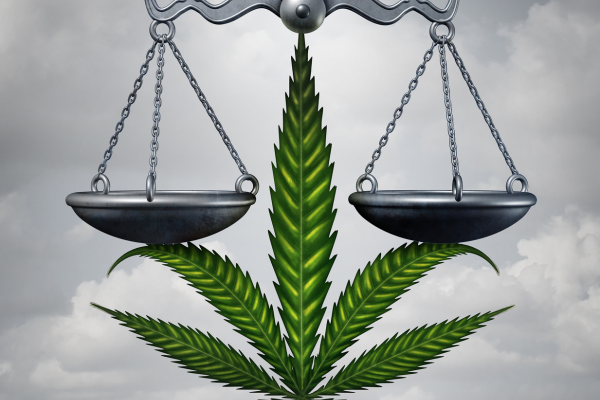
Our April webinar episode of When Things Go Wrong was a great discussion and we received some amazing audience questions that we didn’t have time to get to. You can watch the episode on our YouTube channel in case you missed it.
We were joined by expert guests Gillian Schauer of the Cannabis Regulators Association (CANNRA) and Martin Woodbridge of Woodbridge Research where we explored key gaps and challenges facing the cannabis and hemp industry today, including regulatory compliance, safety standards, and quality assurance.
Below are some of the questions we received from pre-registration attendees and the live Q&A during the webinar.
Disclaimer: The answers are those of The GMP Collective and do not reflect the perspectives of the panelists or their organization. Some questions have been lightly edited for clarity.
What specific recommendations can be offered to legislators considering these issues?
We would encourage regulators to prioritize public health and safety with a focus on ensuring that all products are accessible and safe(r), with an emphasis on harm reduction and data collection. They should also be looking to accredited standards organizations – such as ASTM International, and encouraging participation in and adoption of accredited consensus standards when possible!
When do you think GMP standards will be mandated in North America for Cannabis and Hemp?
Currently, 19 states have some sort of reference to GMP or Quality standards. Companies are increasingly recognizing that they need GMP programs to reduce issues in their facility and operations. When Congress authorizes regulations of cannabis at the federal level, there will be more clarity on various mandates for the industry.
What GMP aspects are relevant for the rooms or processes used only for packaging bud into retail-ready containers? (Most GMP comes from a foods or pharma perspective (HACCP, Codex, etc, The tightened rules for tobacco, 21 CFR 1120, might be relevant?)
While there are different “flavors” of GMP, the principles of GMP are largely the same. Things like cleanable surfaces, proper air control etc. All of this should be monitored so that adjustments can be made. We strongly encourage an environmental monitoring program and really, objective data collection and monitoring activities to determine this. Our CEO, David Vaillencourt, co-authored an article that expands more on the principles of GMPs and what to consider here.
Since regulators are implementers, their focus is consumer safety, and standardized testing with validated methods is a huge problem, what is CANNRA doing to solve this gap?
While we cannot speak for CANNRA, it is important to recognize that CANNRA has a dozen working Committees, one of which is their Testing Committee. It is there that regulators share information and develop white papers/guidance documents. However, ultimately, it is up to the specific states to decide what to do, as CANNRA is not a governing body.
Should the total THC concentration of industrial hemp be raised in the US and if so to what level?
The GMP Collective does not have a formal position on what the THC concentration of industrial hemp should be, except for the fact that it should be based on science. Further, it is important to distinguish between an agricultural commodity and an end product, and while there is consensus on term industrial hemp established by ASTM International, we have yet to see it widely adopted.
It is currently 0.3% THC. There has been a push for 1%. The GMP Collective recommends using ratios for the agricultural commodity.
Type I/II/III.
Explain move into allowing cannabis home delivery – states allow approval to do this for businesses but the insurance industry and coverage options are not yet cost effective or the coverage is not yet readily available for home delivery or delivery from cultivator to wholesale/retail operators.
This is a classic chicken and egg problem. There needs to be market incentives to have coverage, and the market supply/demand will drive this.
Will you discuss, differentiate between the quality and safety threads? Meaning quality (consistency over time) does not necessarily speak to safety of specific cannabinoids, particularly those amplified through separation to levels we do not encounter in nature.
Quality and safety. This is a major knowledge gap. More pharmacology and tox studies are needed!
Do you feel that all cannabis regulatory agencies have sufficient funding to enforce their testing rules? For example, I have only been able to identify approximately 250 recall notices from only 21 of 42 US jurisdictions that either have medical and/or medical & adult use cannabis programs?
Funding mechanisms for regulatory agencies vary greatly, and are determined at the legislative level. Further, some states regulate under a taxation and enforcement model. Some are under public health departments. Encourage you to speak with your legislators to push for a stronger public health oversight if you feel there are weaknesses.
Thanks again to everyone who tuned in. Catch up on all of our past webinar episodes on our YouTube channel, and be sure to register for our next webinar in June.